.
.
“Stuck in the Groove” was a short-listed entry in our recently concluded 68th Short Fiction Contest, and is published with the consent of the author.
.
.
___
.
.
Art by Marsha Hammel
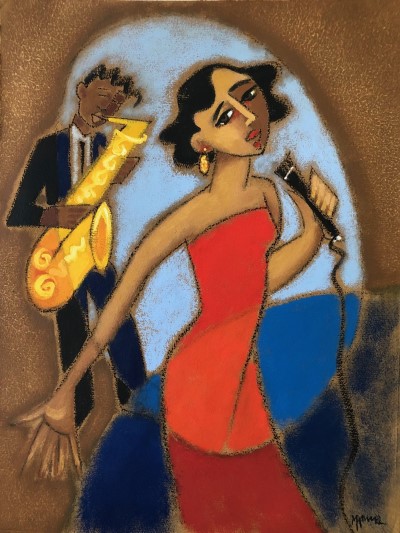
.
Stuck in the Groove
by David Rudd
.
…..In those days – back in the ’fifties – we’d play anywhere, and frequently did: bars, strip joints, backrooms of stores, lofts – “though we drew the line at toilets,” as Sam, our pianist, would joke, often adding: “Oh, sorry. This is one!” Health and Safety wasn’t invented back then and, with every venue being a warzone of smoke, it was miraculous any of us survived. Many didn’t, of course. Amongst jazzers, mortality seemed high.
…..We were a quintet. Called ourselves The Bohos, short for Bohemians, which, in our berets and black turtlenecks, sporting goatees and cheroots, we certainly appeared. I was on tenor, Sam Branton piano, Bill Manson trumpet, Max Friedlander bass and Gus Anderson drums. We thought we were something special but, looking back, there was little of substance behind that cool image.
…..Our regular venue was a place known as “Back of Sullivan’s,” because it was at the rear of his store. It had a tiny, rickety stage made of pallets. One night, Fats Robinson, a big alto player sitting in with us, over-enthusiastically counted in “Fly me to the Moon” by stomping his foot. Next thing, he’s anchored there. “Er, we’ll play ‘Nail me to the Floor’ instead,” Sam informed the audience, which is what that song became known as, ever after. “Don’t worry, Fats,” Sam added, “it’s a stage we all go through.” Sam later went into stand-up and found his true vocation.
…..Sam was right about it being a stage we went through, for, shortly afterwards, we had our final gig there. It was the night that Arnold Digby, who wrote for Down Beat, came by. We were doing our best to shine, getting ultra-competitive with our solos. I thought we were flying – whether to the moon or even further – until it came to the interval and Arnold approached me. Was he going to offer to manage us? Suggest some fancy record deal? Unfortunately not. He simply asked me what the hell we thought we were playing.
…..“Jazz, man!” I answered laconically.
…..“Is that what you call it!” he said, turning for the exit.
…..Sam came running over. “What’d he say?” Speechless, I gave Sam the thumbs down.
…..That second set must have been a painful night for any music lover. After that fateful interval, we all felt nailed to the floor, every number coming out like a funeral dirge, which, in a way, it was. There was hardly any dancing or carousing, much to Dino’s chagrin (he ran the venue).
…..I was utterly speechless, incapable of introducing any of our numbers. Even Sam couldn’t manage any jokes. We were all tongue-tied and our instruments horn-tied. In fact, we felt completely emp-tied. My fingers could make no impression on any of the tunes, barely managing to sketch out the melodies.
…..So, after a brief post-gig, post-mortem, there was mutual agreement to rest The Bohos. We broke the news to Dino before he could get in first.
.
***
.
…..Next morning found me in Macey’s Music Emporium carrying my old tenor. I needed to “reconsider my future,” as my pa had long advised me. Previously, I’d assured my folks that I would cut it as a musician, which is why I’d dropped out of college and headed for the Big Apple. As these thoughts were going through my head, who should tap me on the shoulder but Arnold Digby again. Not my favourite person!
…..“I thought it was you,” he said. “Not selling that horn, are you? And, not as a result of something I said …?”
…..I gave a non-committal shrug.
…..“Look, er, Nat – isn’t it?” I was impressed. “Perhaps I was a little hard on you guys last night. You were the third band I’d seen by then, so I was a little jaded.” He paused, ushering me into the refreshment area. “Let’s have coffee,” he said, “on me.”
…..Before we’d even sat down, he was bending my ear. “Don’t even think of trading that horn. You’re a good player, potentially. But at the moment … well, you’re just a technician. I mean – don’t take this the wrong way – but where was the jazz last night?”
…..“It was all jazz!”
…..“It was all other people’s jazz.” He paused. “Look. Can we agree that jazz is, in essence, improvisation?”
…..“Naturally!”
…..“Well, I don’t think you gave me one improvised note all night.” Before I could protest, he hurried on. “‘Cherokee’ – one of your finest pieces, excellently played. But I know Bird’s solos pretty well, and I think I could anticipate every move you made. You treated Bird like holy writ, like you were playing from a transcription.” He paused. He could see I was dumbstruck. “What I’m saying is, if Charlie Parker was providing the improvisation, where was your contribution?” Again he paused. “It wasn’t just you, by the way. There were the Bud Powell and Dizzy Gillespie impersonators alongside you.” He chuckled, but I didn’t crack my face.
…..“Look, I’m trying to be supportive here. You could be a great horn player. You’ve got a feel for it. Most people couldn’t chug through ‘Cherokee’ at the speed you did. But you need to free yourself from … well, from Bird’s notes, or Hawk’s, or whoever’s. Give us some Nat for a change. Make room for yourself. Show us your chops!”
…..Arnold didn’t wait for a reply from the muted one. He slurped his coffee and got up to leave, but on his way out he indicated a lurid poster tacked to the wall. “Perhaps this might help.”
…..“FREE THE SPIRIT OF JAZZ!” proclaimed the notice. “A Workshop for the Fearless.” It was being held in a local church hall – an unlikely location – later that week.
…..I wandered back into the main area, feeling a weird mix of emotions, but my step was lighter. The future didn’t seem quite so bleak and … what Arnold said made a kind of sense. I had spent hours in my room at home, then at college, playing my records, moving the old gramophone needle back and forth until I knew all the sax parts inside out. Except, as Arnold said, perhaps there had been too much of the inside stuff without anything new coming out.
…..I was contemplating all this as I wandered into the brass section of the Emporium, when my mind was suddenly distracted by a slender, seductive figure standing amidst the horns. I tried not to stare, but my eyes kept coming back to her, and she, in turn, seemed to reflect my look. After hanging about for an age, feeling like a shy college boy again, I finally approached her and, next thing, we – that is, Suzie and me – were together in one of the soundproof booths, where I got to hear her play. Wow! What a full, breathy tone! From that moment, I knew we were an item. She, too, was up for the Free Spirit of Jazz workshop.
.
***
.
…..Some revelation that church hall was! The workshop provided the nearest thing to a spiritual conversion I’d ever encountered. Suzie and I fit right in. Everyone was really open and friendly. We went back week after week, spending much of the rest of the time practising in my attic room, where we got to know each other more intimately. So long as I didn’t mark time with my boots on, the neighbours were fine with our playing – perhaps even enjoying it. As for us, we always thought our music headed skywards anyway, rising straight up into the stratosphere.
…..During our time with the FSJ, we found ourselves gently liberated from the 32-bar format with its standard chord progressions, and, after that, said goodbye to fixed tempos too. For us, it was a real liberation. Just what we needed to sharpen our chops.
…..Of course, in my usual, geeky way, I’d pursued the lineage of this stuff. Ornette Coleman was the main man. He’d just moved to New York and his album, Something Else!!!! (yes, four exclamation marks), was a game-changer, along with Charlie Mingus’s Pithecanthropus Erectus. Behind them all, though – or so we maintained – stood Lennie Tristano. His long-player, Intuition, from way back in 1949, was revolutionary. Warne Marsh, his tenor axeman, we thought particularly underrated.
…..We spent countless hours trying to emulate his tone and inventiveness, and the FSJ was just the place to explore it. The sessions were all about this: learning how to blow your socks off while keeping as cool as A/C.
…..Half-an-hour would slide by as we riffed on a piece, pushing it around, discovering new resonances and tones, and then, just when you thought it was getting tired, a polyrhythmic change of gear or a percussive explosion would shake things up, and off we’d go again in a new direction. It was stream-of-consciousness stuff. It was like we all had our fingers on a planchette, feeling it pirouetting off into the unknown, spelling out musical messages, permuting those twelve semitones from A to G, and then probing the microtones between.
…..I guess we were on the same page as those cats in other arts: Jack Kerouac typing on his endless roll of paper, telling it like it is; Allen Ginsberg, howling mantras at a mantic moon; Jackson Pollock, cavorting round his floor-bound, rug-size canvases, phrenetically catching the action.
…..In the FSJ, we too painted, everything! Floors, walls, and ceilings, making them ring as we grafittied their surfaces with our soundscapes. And Suzie and I were in the thick of it, playing with the big boys – and I mean big. We even had Ornette come down and jam a couple of times. What a player! If I’d still been wearing a beret, I’d have doffed it in respect.
…..I always thought of Suzie as the quiet one, but that all changed when the music began. She could sure talk the talk, always that bit ahead of me, leading me into new, uncharted territory. Most jazzers would drop in a few musical quotes, but Suzie was more subtle, just hinting at something familiar then moving on, leaving the listener to make the leap, to fill in the gaps. I never knew what she’d come up with next. She could hop from a sensual breathiness to a raspy bark in a beat, then growl and howl like a starved dog before a squealing glissando leapt up your spine. She was painting a whole new tone palette. In fact, I often worried I might lose her, that someone might steal her away, though deep down I also knew we were made for each other: yin and yang, body and soul – you know the sort of thing.
…..Eventually, though, some six months down the line, the collective began to fragment. I think we were all aware that, by its nature, the FSJ was fluid and dynamic, but it now turned more confrontational as various subgroups surfaced. Some tensions grew out of musical differences, especially from those who wanted to push us into a more “aleatory,” random soundscape. Other disagreements had a more political basis, from those who wanted the music to spearhead a social revolution. It was the time of civil rights, too – which we all supported – but some wanted to take it further, to split us on racial lines. Many of us poor “whiteys” were made to feel guilty about stealing the Black man’s music.
…..Suzie and I gave up on it when we began to realise how little music was now being played, compared with the volume of angry talk. We were suddenly nostalgic for those jazz standards and the great American songbook. I saw it as my chance to introduce Suzie to the infamous Boho repertoire.
…..It began as a joke, partly because I wanted to hear how far I’d come, revisiting party-pieces like “Cherokee.” It sure sounded better, both in tone and style. All credit to my education at the FSJ. But it was Suzie, really, who deserved the main prize, showing me how to dismantle that tune (and many others, too), freshening it up with some tempo changes, then reassembling it.
…..Before we knew it, the jokey pastiches had gotten serious – and much more fun, too. We revisited all the standards with renewed energy and feeling. After those increasingly fraught FSJ sessions, it was highly therapeutic – and (ironically!) liberating. We’d often play into the early hours, sometimes even forgetting to eat.
…..It was from these after-hour sessions that I got my first inspiration for an original composition. Initially it was just a few stray notes buzzing round my head, as though on a stuck record. I was reminded of the copy of Saxophone Colossus I had, which perpetually froze in a groove of “Saint Thomas.” Trying so hard to learn it, I must have scratched it through repeatedly shunting the needle back and forth. Unfortunately, I’d heard my wounded album so often, with that arresting repetition, that I’d sometimes play it that way at Boho gigs, much to my bandmates’ annoyance.
…..Anyway, thanks to Suzie’s intervention, my idle bunch of notes were transformed from a buzzing mozzie into a catchy tune – what Rolf Kühn, a German sax player passing through New York, termed an Ohrwurm (literally, an “earworm”). I was amazed. My pitiful segment of earworm had become a hypnotic melody. No longer an annoying distraction, it was now something people couldn’t help whistling as they walked.
…..“Stuck in the Groove.” The title suggested itself immediately, and it was apt in so many ways. For Arnold, to whom I would dedicate it, it was in appreciation for how he’d dug me out of a rut. For me, personally, it referenced the piece’s wormy origins, wiggling annoyingly round my head. And beyond that, thanks to Suzie’s help, we had embedded ourselves seriously into the groove. It led us towards a future we were both keen to get stuck into. That groove suddenly became a highway, a yellow brick road, even.
.
***
.
…..I’m skipping ahead here, assuming readers are familiar with the rest of our journey. How we formed a quartet; how Arnold championed us, rightly taking much of the credit; and how we then started playing the bigger clubs, like the Café Bohemia and the Five Spot, where Ornette also hung out. Our favourite gig, though, was the Half Note, an out-of-the-way place hidden amongst the old warehouses. Like Back of Sullivan’s, it also had a dodgy stage, narrow and high, which I saw a few people come to grief on – or off! Best of all, though – apart from the pasta and meatballs that Mom and Pop Canterino served – Lennie Tristano was the resident pianist.
…..Watching and listening to him made us think that we might compose more seriously, too. We’d broken the ice with “Stuck in the Groove” – a highly popular number – so why not? And sure enough, we seemed to get the knack of it – find the groove, even – with pieces starting to tumble out. We road-tested them at these venues, alongside other musicians who helped us embellish, elaborate, and enrich our creations. Arnold, in particular, was so impressed that he helped secure us that crucial record deal (perhaps, after The Bohos, he still felt he owed us). Not only that. He wrote the sleeve notes for the album that emerged. You know the one: Nat & Suze Blow a Fuse (Blue Note, BLP 4000).
…..You’ll also know the rest of the story, which is less easy to put into words. Read more about it in Down Beat or Jazz Monthly, if you’ve a mind, or even in the mainstream press. To think, we’d travelled all over the States, and Europe too, without mishap. Then, back in New York, where it had all started some twenty years earlier, some drunken bum runs into our taxi. He ran a red light and caught us broadside. Unfortunately, it was Suzie’s side that took the impact. I only suffered broken bones: legs, ribs, an arm, and a cracked skull. Suzie was less lucky. Broken beyond recovery.
…..That’s when I stopped playing. Life on the road was bad enough, but life without Suzie was intolerable. I still wish we’d both been taken out that day. I’ve not composed a note since, either. It’s as if that crack to my skull jarred my brain. I was certainly stuck in the groove again, but this time it was in that silent bit between tracks, and there was no one to nudge me on. My muse and, dammit, my long-term partner, were no more. All I now have to keep me company are our recorded works – quite a few, admittedly – and some old film footage.
.
***
,
…..Actually, it’s not quite true that I never played again. I did once finger an alto. It was round at Ornette’s place – we’d gotten quite close. He brought out his plastic sax and asked me to play “Stuck in the Groove” for him. I stumbled through it, and I think he even taped it. That’s when Ornette confided that he’d picked up that cheap instrument after a gang had attacked him in Baton Rouge, smashing up his old tenor in the process.
…..I felt for him, but his injuries hadn’t been as bad as Suzie’s. Completely flattened, her keys busted off and her mouthpiece crushed to bits. There was no way to get her fixed. She’s currently sitting in a custom-made “coffin,” awaiting me to join her, then we can both get ourselves stuck in a plot I’ve reserved. Stuck in the grave, you might say, where the real worms can have a ball.
.
.
___
.
.
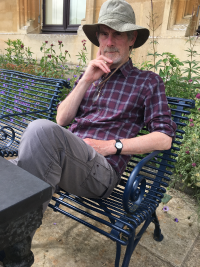
Dr. David Rudd is an emeritus professor who, after 40 years, turned from academic prose to creative writing and found fulfilment. He has published some fifty stories and poems. A collection of his short stories, Blood Will Out, and Other Strange Tales was published in 2024 (available from Amazon and elsewhere).
.
.
___
.
.
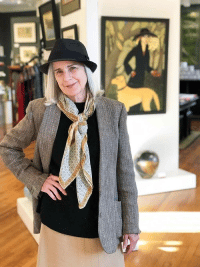
A native of Miami, FL, Marsha Hammel grew up in Central America and Europe, returning to the states in 1961. A prolific artist, she enjoys a wide audience for original paintings and published works in the UK, having been represented by Felix Rosenstiel’s in London since the early 90’s. During a four-decade studio practice, at least 1500 paintings have become part of private, corporate and institutional collections throughout the US and Europe. Click here to visit her website.
.
.
.
.
___
.
.
Click here to help support the continuing publication of Jerry Jazz Musician, and to keep it ad and commercial-free (thank you!)
.
Click here to read “Saharan Blues on the Seine,” Aishatu Ado’s winning story in the 68th Jerry Jazz Musician Short Fiction Contest
Click here to read more short fiction published on Jerry Jazz Musician
Click here to read The Sunday Poem
Click here for information about how to submit your poetry or short fiction
Click here for details about the upcoming 69th Jerry Jazz Musician Short Fiction Contest
Click here to subscribe to the Jerry Jazz Musician quarterly newsletter (it’s free)
.
.
.
___
.
.
Jerry Jazz Musician…human produced since 1999
.
.
.






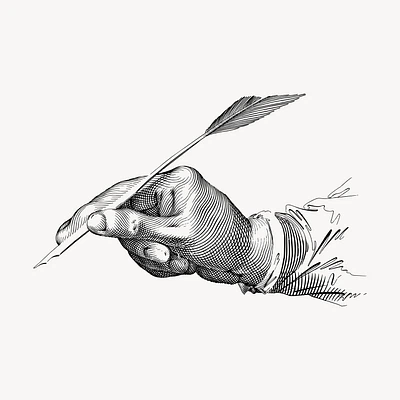
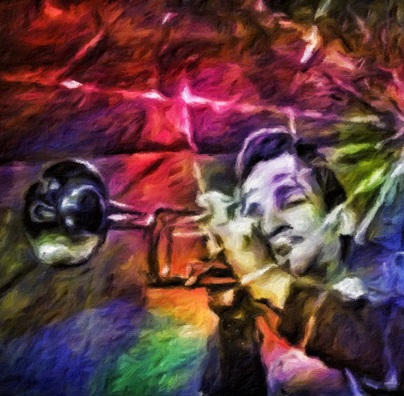
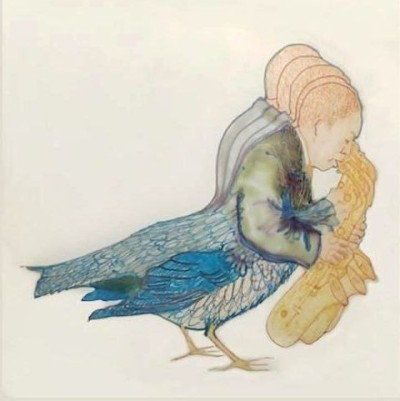
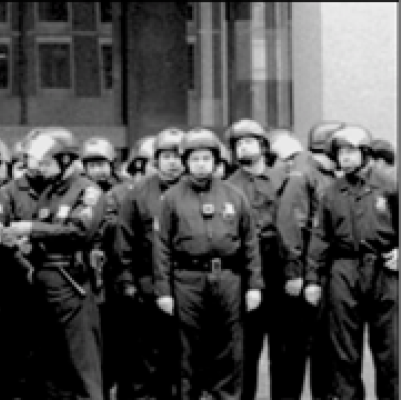
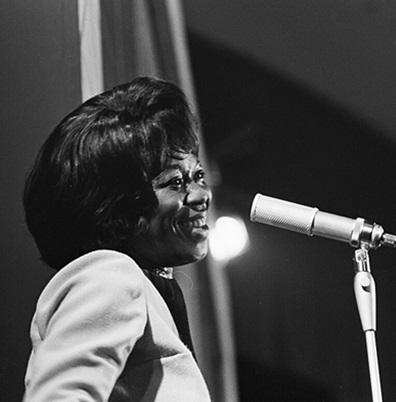

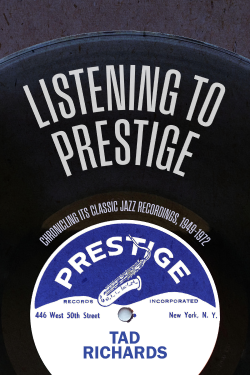
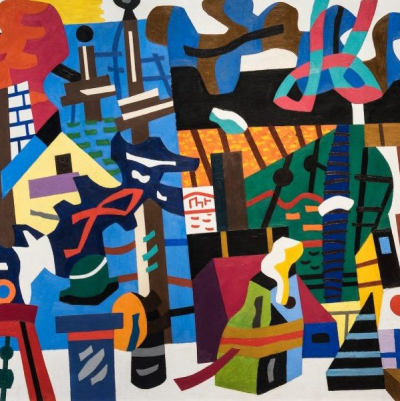
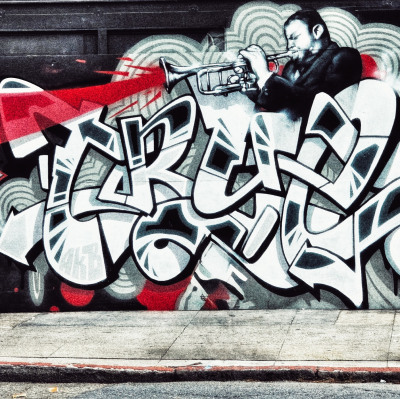
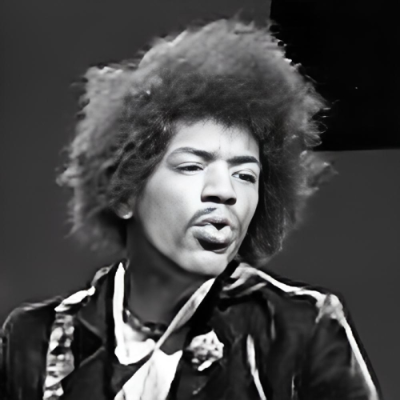
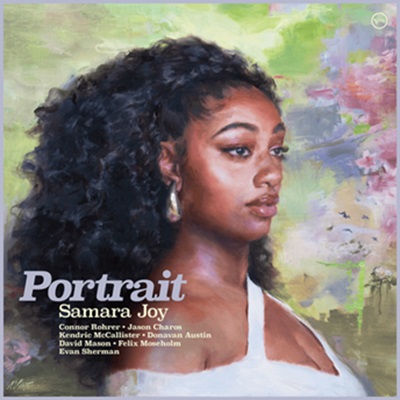


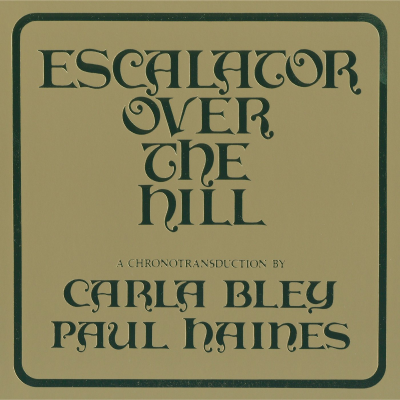

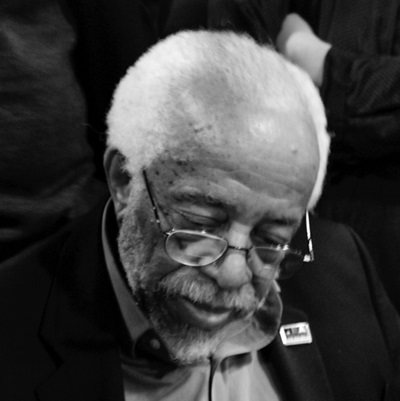
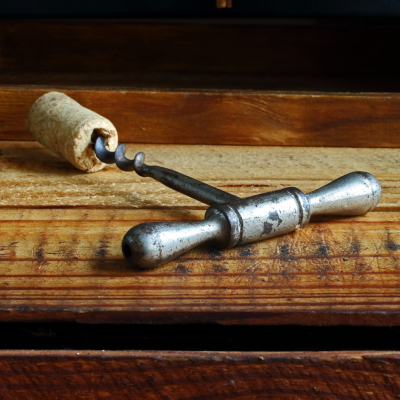
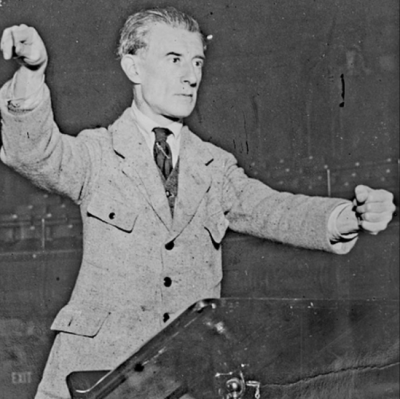
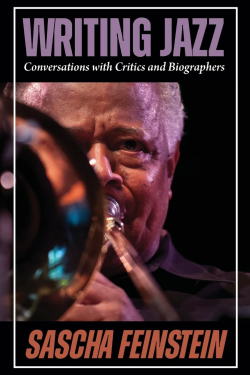
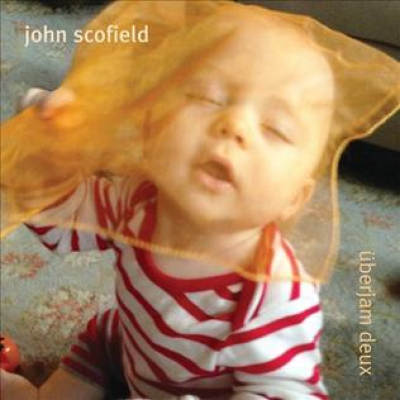
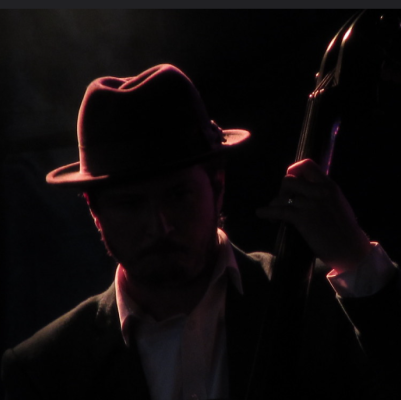


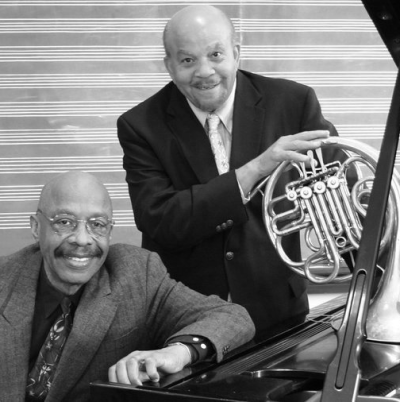

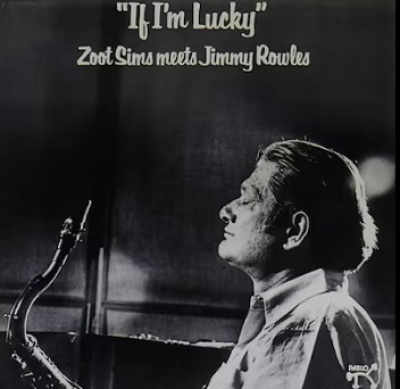




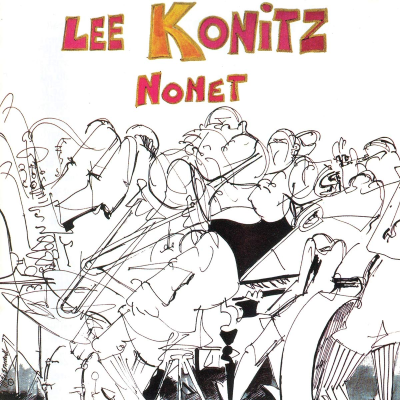








Love it, every name-drop and detail a vivid reminder of a particular time, a particular place. And the sad reality that it’s gone.